You might feel like you need a chemistry degree to figure out what you’re putting on your hair. Don’t worry—we’ve got you covered. Before you lather, rinse, and repeat, find out what’s really in your shampoo and conditioner.
Cosmetic Labels 101
Cosmetic products, including shampoo and conditioner, are legally required to declare the ingredients on the label. But that doesn’t mean it’s easy to understand what those ingredients actually do. It doesn’t help that the labels may be listed in plain English, the scientific terminology required by the International Nomenclature of Cosmetic Ingredients (INCI), and sometimes French, too!
The ingredients are listed in order, starting from the ingredient that makes up the biggest percentage of the formula by weight. After that, you may see “fragrance” (or “parfum,” if they’re trying to be fancy) which does not need to be broken down into its component chemicals on the ingredients list. Colors may be listed right after fragrance or at the very end.
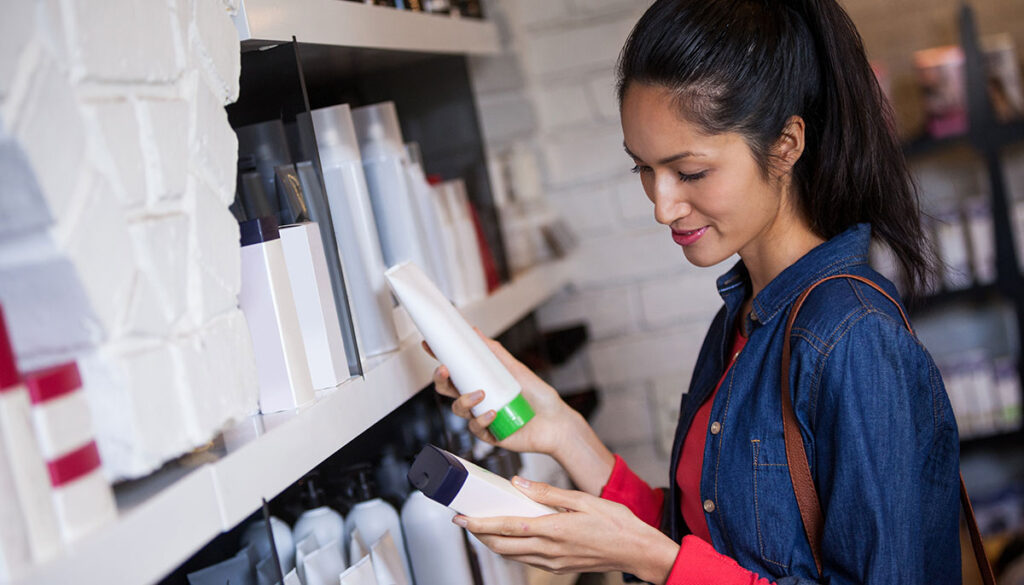
The stuff that makes up less than 1% of the contents can be listed in any order after “fragrance,” so that should give you an idea of just how little of these ingredients the product contains. Often, the additives and extracts advertised on the front of the bottle are found here.
In addition, if a product claims to treat a disease or condition—dandruff, for example—then it needs to specify the “active ingredients.” The label must state the percentage of active ingredients contained in the bottle and what they do.
All-Natural Vegan Cruelty-Free Shampoo?
Descriptions like “organic” or “all-natural” mean essentially nothing. Those terms aren’t regulated by any agency, and a manufacturer can just slap them on the label. The only way to be sure that the ingredients are organic is to look for the green and white USDA Certified Organic seal.
“Cruelty-free” also isn’t a legally binding or regulated term. People for the Ethical Treatment of Animals (PETA) offers third-party certification that the product is not tested on animals, but it’s based on self-reported information from the manufacturer. Leaping Bunny is another certification program that digs deeper into the supply chain to ensure that animals are not used for testing in any part of the production process.
Water
In almost every shampoo and conditioner, water will be the first thing on the list. According to Newsweek, “Up to 80 percent of shampoo is this basic element. Without enough of it, the lathering liquid wouldn’t pour from the bottle.” Water may also be listed as “aqua” and “eau.”
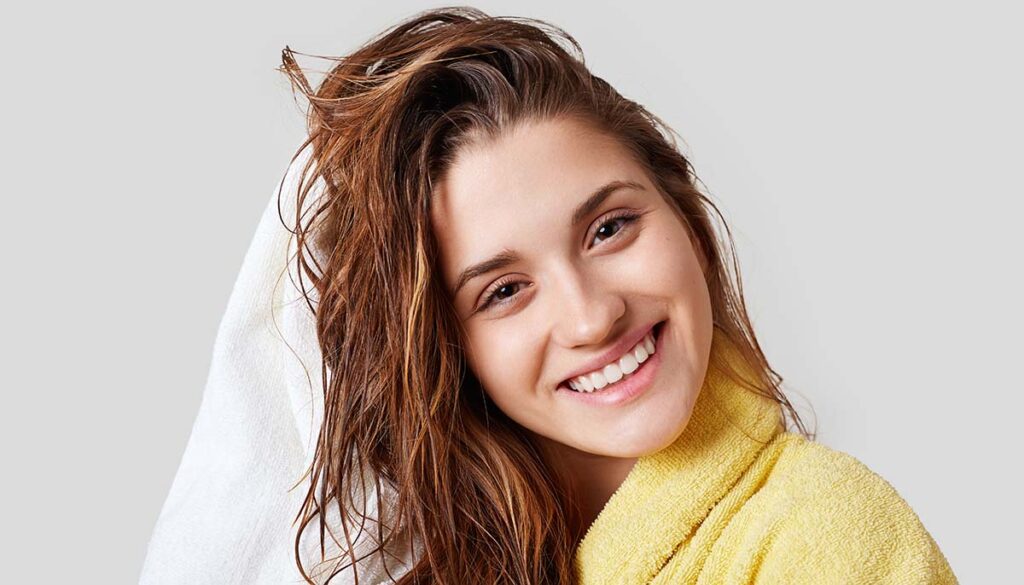
That’s one of the reasons why solid shampoo bars are catching on! Why should you pay for a plastic bottle of shampoo that’s up to 80% water when you can buy a cheaper, more environmentally friendly bar that does the same thing?
Read More: Glamorous Hairstyles That Should Come Back
Surfactants
Surfactants, or detergents, are the ingredients that clean your hair. They bond with the oil on your scalp (called sebum) and lift it away, taking other dirt and residue with it. This is the stuff that gives your hair that “squeaky clean” feeling, but there’s a growing movement to formulate products without sulfates—the most common surfactants—because they can be very harsh on your scalp.
You need a certain amount of oil to protect your skin and naturally soften your hair, so stripping it with a detergent can lead to frizzy, brittle strands. Ironically, the products that you’re buying to repair damage might actually be causing it in the first place! If you see Sodium Laureth Sulfate, Sodium Lauryl Sulfate, Ammonium Lauryl Sulfate, or the abbreviates SLES or SLS, then you know that the shampoo contains strong detergents. You may also see Sodium trideceth sulfate.
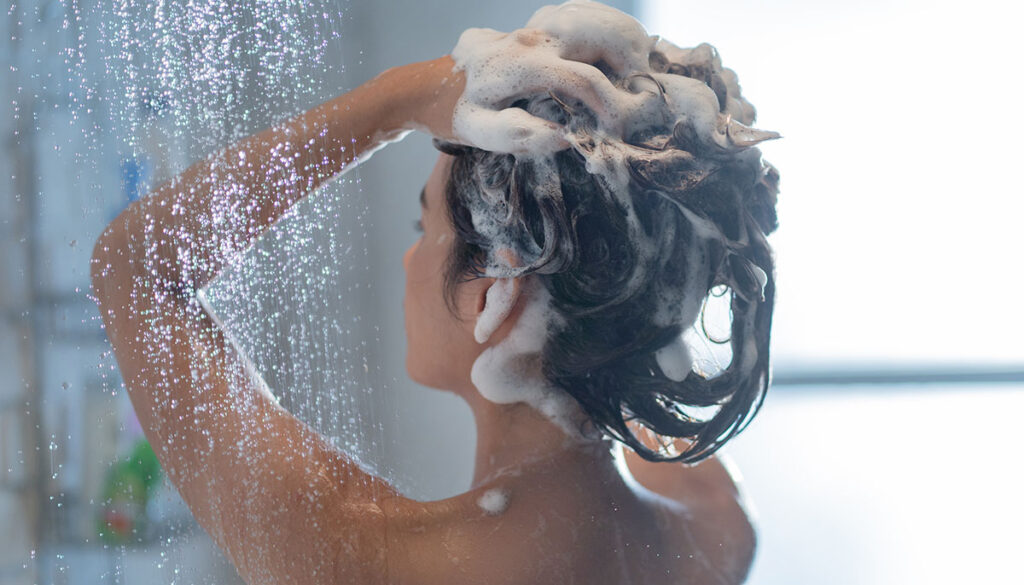
It’s becoming more common to find shampoos and conditioners that are marketed as “sulfate free.” However, be sure to read all the ingredients to make sure the manufacturer hasn’t just replaced the sulfates with something equally harmful.
Non-sulfate surfactants include Cocamide DEA, Cocamidopropyl Betaine, and Lauramide DEA, and they give you the satisfying foam you crave in the shower. However, these surfactants aren’t necessarily any better for you than sulfates. It all depends on how sensitive your skin is, as well as the texture and condition of your hair. If you’re searching for the perfect product, you might want to try a few different formulas and keep a record of how your scalp and hair react.
Alcohols
Although it’s not as common as it used to be, some shampoos may contain alcohols that are harmful to your hair. These include:
- Propanol
- Ethanol
- Isopropyl
- Propyl alcohol
These ingredients can make your hair dry and brittle, according to WebMD. What’s really confusing, though, is that the ingredients may also include fatty alcohols that are good for your hair! If you see cetyl alcohol, lauryl alcohol, cetearyl alcohol, or stearyl alcohol, know that these are actually hydrating agents, not the kind of alcohol that will strip your hair of oil. Some of these fatty alcohols can also serve to thicken the product.
Other Thickeners
In addition to fatty alcohols like stearyl alcohol, some ingredients are added to shampoo and conditioner just to give it a creamy, thick consistency. These ingredients don’t have any benefit for your hair—but they don’t harm it, either. However, you may sometimes see sodium chloride listed in the ingredients, and that can be a cause for concern. Sodium chloride is literally table salt. Polyethelene Glycol (PEG) is a byproduct of petroleum that may or may not be something you want to put on your scalp.
Stearic acid, gelatin, xanthan gum, and carnauba wax are all common thickeners that are less problematic. Carnauba wax is a beeswax alternative that is made from a palm-like plant that grows only in Brazil. Vegan cosmetic products often contain carnauba wax, but it’s also used in everything from dental floss to shoe polish to candy coatings. Waxes and fatty acids act as emulsifiers, which bond water—remember, that’s up to 80% of the product—with oil to prevent the mixture from separating.
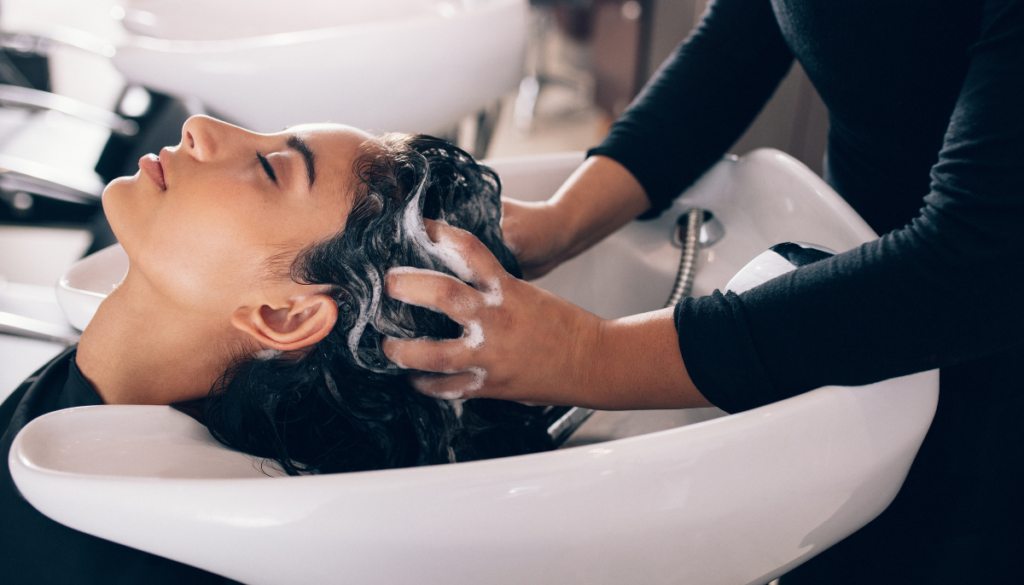
Phthalates are mostly being phased out of shampoos and conditioners. Although they can be used as a binding agent to prevent products from becoming runny or splitting, they’re also really bad for you. Healthline reports that phthalates “have been linked to disrupted hormones and infertility, lower sperm count, and reproductive and genital defects. Studies show that exposure may increase risk of pregnancy loss and gestational diabetes.”
“Further research suggests that phthalates may harm the kidneys, thyroid, immune system, and liver,” the report continues. Yeah, let’s not put phthalates on our heads.
Emollients
While surfactants strip your hair of oil, emollients try to put it back. Emollients include oils like castor oil, olive oil, jojoba oil, sweet almond oil, and coconut oil. You may also see Caprylic/capric Triglyceride and/or fractionated coconut oil, which is just coconut oil that’s been treated to remain liquid at room temperature.
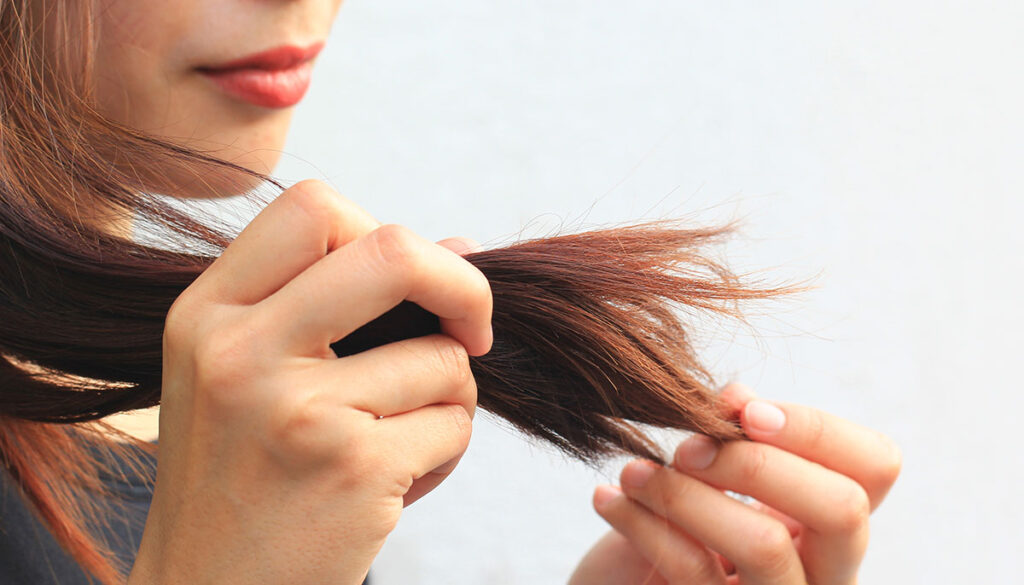
Other emollients include aloe vera, mineral oil (paraffinum liquidum), and panthenol. That last one is a byproduct of vitamin B-5 and is very effective at strengthening and moisturizing hair. Glycerin or glycerol can also be found in some shampoos and conditioners. This isn’t an emollient but a humectant, which draws water into the skin and hair follicles. You can read more about the benefits of glycerin over at Byrdie.
Silicones fall into this category as well, but you might want to think twice about products that contain dimethicone and other ingredients ending in “-one.” Silicones form a thin layer on each strand of hair, which can make your locks look shiny. Your hair will feel silky, and the silicone can help prevent damage from heat styling. But—and you know there’s a “but” coming—over time the residue can weigh down your hair, making it look flat and stringy.
Read More: DIY Hair Masks That Actually Work Wonders for Your Hair
Preservatives
Among the many preservatives you might find in your shampoo and conditioner, Parabens are the most controversial. Although they do a good job at inhibiting bacteria growth, some people claim that they are harmful and could even cause breast cancer. The FDA claims that they are reviewing potential issues with parabens, but that “[a]t this time, we do not have information showing that parabens as they are used in cosmetics have an effect on human health.”
It’s more common now to see sodium benzoate and potassium sorbate used as preservatives. These food-safe additives aren’t known to cause any issues. Tocopherol (vitamin E) is also a safe preservative. However, if you see formaldehyde listed in the ingredients, run! This is a known carcinogen, and you definitely shouldn’t put it on your scalp.
Extracts and Additives
Citric acid is sometimes added to shampoo and conditioner in order to adjust the pH of the product. Glamour reports that “the conditioning agents in both shampoos and conditioners work better under acidic conditions—so, in a low-pH environment.”
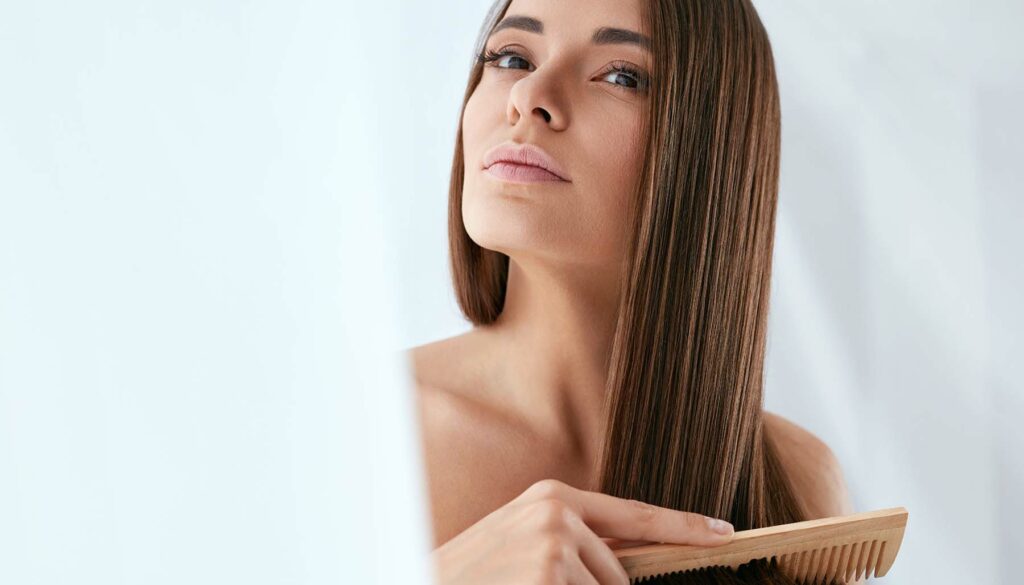
However, as for the rest of the additives and extracts in your shampoo and conditioner… well, they might not be very effective. Researchers Paschal D’Souza and Sanjay K Rathi found that these ingredients are more of a marketing ploy than anything else:
“The contact time of shampoos with scalp and hair is too brief to expect significant clinical benefits despite claims to the contrary. These additives serve mainly to allow the distinction of one shampoo from another in terms of marketing claims.”
Given that many of these ingredients are only present in tiny amounts—as little as .4% of the total formula—it makes sense that the “hydrolyzed silk protein” or “calendula extract” probably isn’t doing much for your hair.
Sadly, the list of ingredients that aren’t worth the money includes biotin. Although there’s some evidence that taking a vitamin B7 supplement could help your hair, applying it topically hasn’t been clinically proven to do anything. “There is no evidence … that biotin supplements, or any form of topical biotin for that matter, improves hair quality, growth and/or appearance in those with normal biotin levels,” Dr. Blair Murphy-Rose tells Real Simple.
That’s disappointing.













